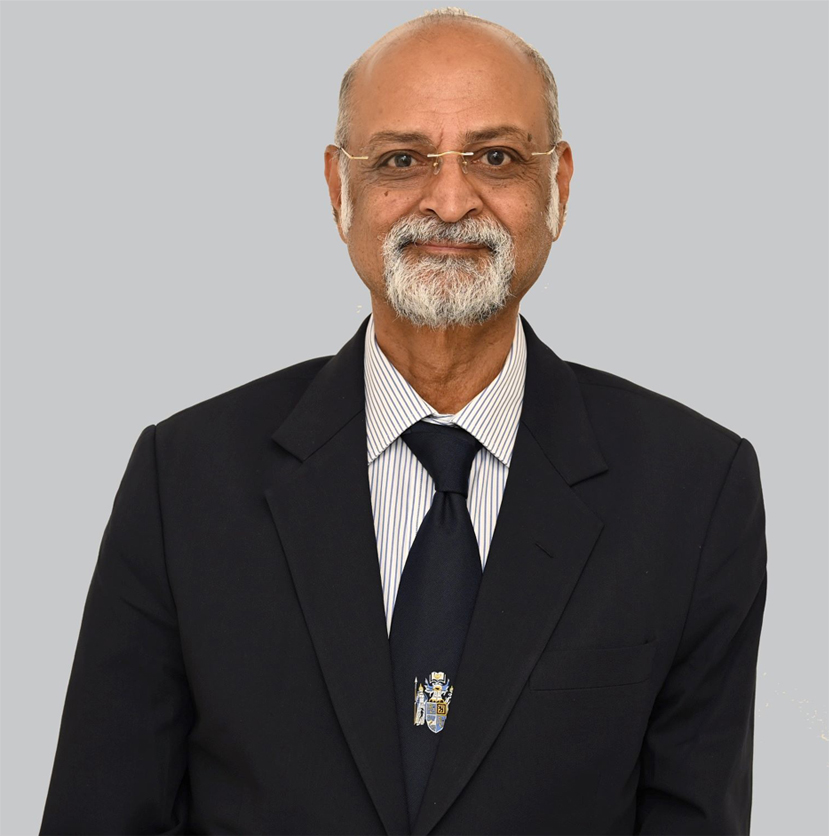When should you choose remote patient monitoring as an option?
Virtual healthcare services such as telemedicine and Remote Patient Monitoring (RPM) have truly proven their mantle during this pandemic. While telemedicine as a concept has been in India for quite some time now, RPM is

Virtual healthcare services such as telemedicine and Remote Patient Monitoring (RPM) have truly proven their mantle during this pandemic. While telemedicine as a concept has been in India for quite some time now, RPM is fairly new. It was a concept foreign to most individuals before the health crisis, but that is slowly changing as providers increasingly adopt and recommend RPM services. These services are more important than ever because they enable physicians to monitor patients without having to meet them, hundreds of miles away, thus cutting out the risk of being exposed to the novel coronavirus.
Yet, many people still lack a firm understanding of Remote Patient Monitoring. So, here is a clear perspective as to when you should opt for RPM.
What is RPM health services? Remote Patient Monitoring (RPM) uses digital technologies to collect medical and other forms of health data from individuals in one location, and electronically transmit that information securely to healthcare providers in a different location for assessment. RPM allows providers to continue tracking healthcare data for patients once they are discharged. It also encourages patients to take more control of their health. Some of the benefits associated with RPM for patients include:
- Better access to healthcare
- Improved quality of care
- Peace of mind and daily assurance
- Improved support, education, and feedback
RPM v/s telemedicine and telehealth: While most of it may seem alike for patients, their application, interpretation differs in many ways. While the definition of RPM may seem straightforward, there is some confusion about the concept, including how it differs from telehealth. Distinguishing between remote patient monitoring and telehealth is important for several reasons, including coding, billing purposes and patient understanding.
Defined broadly, telemedicine is the use of electronic information and communications technologies to provide and support healthcare when distance separates a doctor from the patient. The term is also applied more narrowly to medical applications that use interactive video, typically for specialty or subspecialty physician consultations. Telehealth includes technologies such as telephones, facsimile machines, electronic mail systems, and remote patient monitoring devices, which are used to collect and transmit patient data for monitoring and interpretation. Therefore, understanding when to use RPM, or telemedicine is of utmost importance for a patient.
When should you opt for RPM? As RPM services are akin to telemedicine technologies, they automatically observe and report on patients, often with chronic illnesses, so caregivers can remotely keep tabs on patients. Moreover, they help in improving medical staff performance, avoid routine visits, and increase the quality of care. But patients need to know when to opt for such services. RPM services are meant for patients who are ongoing their treatment regime. These services help patients monitor their BP, Diabetes, oxygen saturation levels and other health vitals. For more critical healthcare needs, it is important for patients to connect with their doctors in person. Also, it is not meant for new disease diagnosis.






